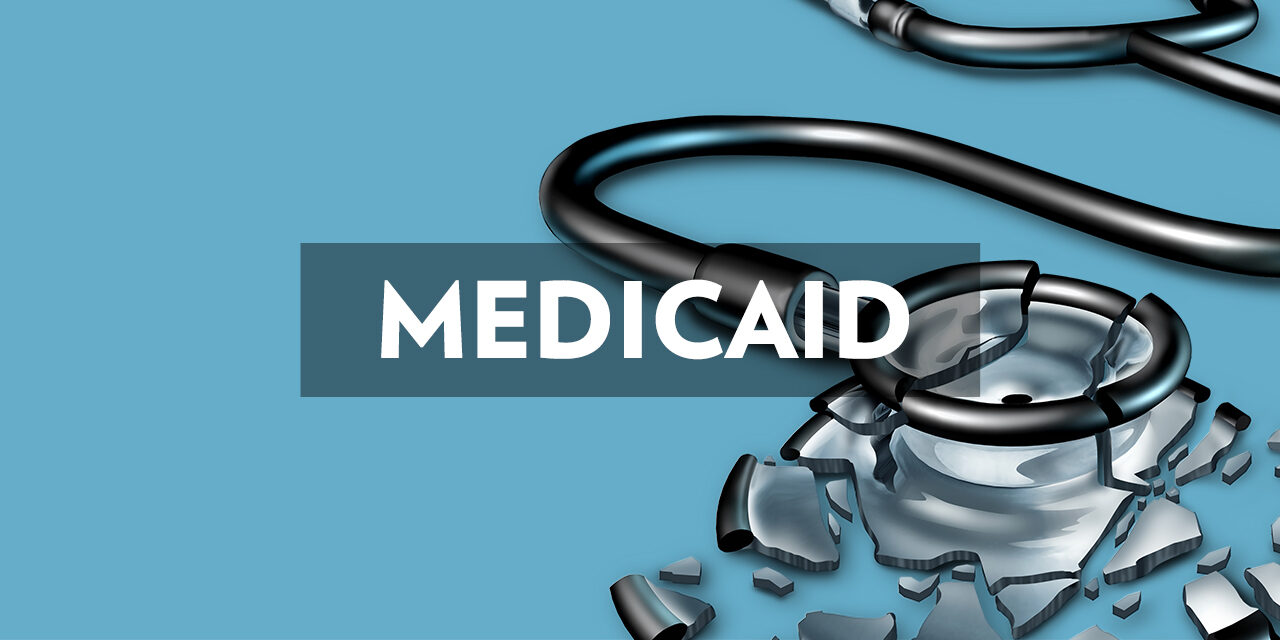Stay Informed
"*" indicates required fields
Blog

Five Facts Everyone Needs to Know About Medicaid
Medicaid is broken, and restoring the federal program to its original intent is crucial to saving this vital health care safety net. This requires fiscal sanity in Washington, D.C. Yet, few understand how Medicaid works—or doesn’t work—creating a lot of opportunity for scare tactics and misinformation.
Here are five facts everybody should know about Medicaid:
1. There are two groups of people on Medicaid.
The first—the traditional Medicaid population—includes pregnant women, seniors, low-income kids, and disabled individuals. About 2.2 million Pennsylvanians fall into this category.
The second—the expansion population who joined following the Affordable Care Act (ACA), or “Obamacare”—includes non-disabled, healthy adults, ages 18 to 64. Obamacare allowed states to enroll healthy adults in Medicaid, ballooning the size and costs of the program. These individuals make less than $21,600 per year and have no kids. In Pennsylvania, 833,000 able-bodied, healthy adults—roughly three times the population of Pittsburgh—receive Medicaid.
2. We pay more for healthy people than sick people on Medicaid.
Between these two groups, federal taxpayers counterintuitively pay more for the healthier Medicaid recipients.
The federal government covers 90 percent of the price tag for healthy adults, but for the traditional population, only about half of the cost (56 percent in Pennsylvania). This means states are encouraged to enroll more healthy adults at the expense of the sick.
Meanwhile, traditional disabled Medicaid recipients remain on waitlists for services.
3. Congress wants to save $880 billion on Medicaid, but wasteful spending exceeds that amount.
Estimates suggest more than $1 trillion in improper payments occurred during the last decade.
Many recipients use Medicaid to pay for nonessential treatment. More than a dozen states cover expensive weight-loss medication with Medicaid. Pennsylvania alone spent over $1 billion on Ozempic and other expensive weight-loss drugs in 2024.
Even if Congress successfully saved $880 billion on Medicaid, program spending would still increase by more than $1 trillion in the coming decade.
4. Voters support tackling waste and work requirements for healthy adults.
A Commonwealth Foundation poll reveals 84 percent of state voters endorse work requirements for healthy adults. Nationally, a March survey finds 91 percent support eliminating waste, fraud, and abuse, and 84 percent back work requirements for healthy adults.
5. States have shifted more and more of their Medicaid costs to Washington, D.C.
States, including Pennsylvania, use “provider tax” schemes to artificially inflate their Medicaid costs to increase their federal reimbursement. These states use the revenues from provider taxes to claim additional federal reimbursement. Then, they return the money to the provider, plus an additional amount through various payments, such as supplemental payments. The Paragon Institute calculates that the federal government now foots about 75 percent of Medicaid costs instead of the traditional 60 percent. That’s a shift of about $100 billion annually.
Connect With Us
Email Sign Up
"*" indicates required fields